
Rachel Reeves and the 2p Trap
The chancellor’s proposed income tax shuffle is clever accountancy but toxic politics — a pledge-break disguised as fiscal discipline, and proof that Labour has trapped itself in rules it cannot escape.
The rest of the blog

The chancellor’s proposed income tax shuffle is clever accountancy but toxic politics — a pledge-break disguised as fiscal discipline, and proof that Labour has trapped itself in rules it cannot escape.
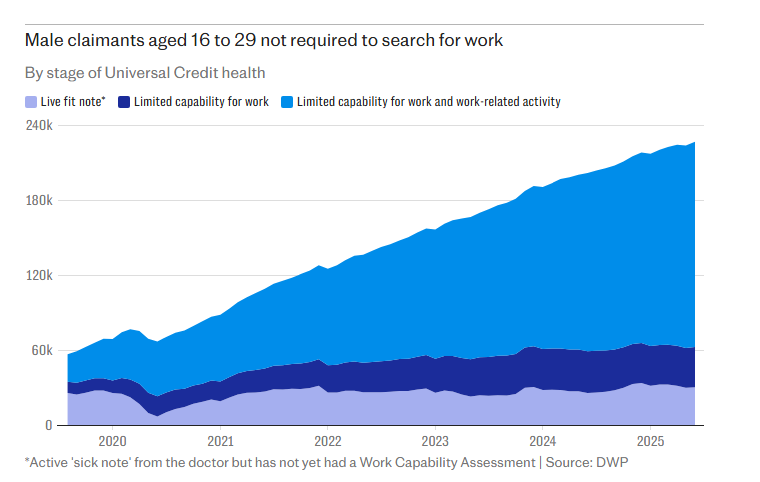
More than 200,000 young men aren’t “signed off for life”—they are the reserve army of labour, conscripted into the Telegraph’s morality tale to prepare the ground for austerity.

David Frost calls it a new “Red Terror.” The truth is plainer: it’s the Right’s wars, coups and crackdowns that have spilt the deepest blood in politics.
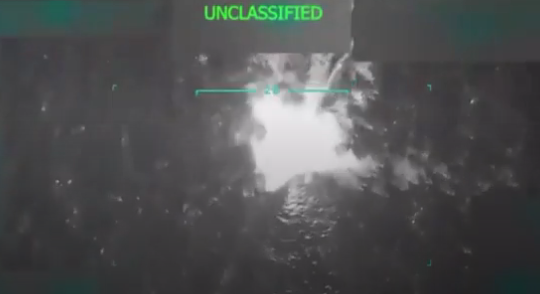
Trump’s latest “kinetic strike” killed three unknown Venezuelans he labelled “narco-terrorists.” The phrase is not law but incantation, a word that strips away humanity and legitimises killing. From Vietnam body counts to Obama’s “signature strikes,” America has always named its enemies into existence, and into death.
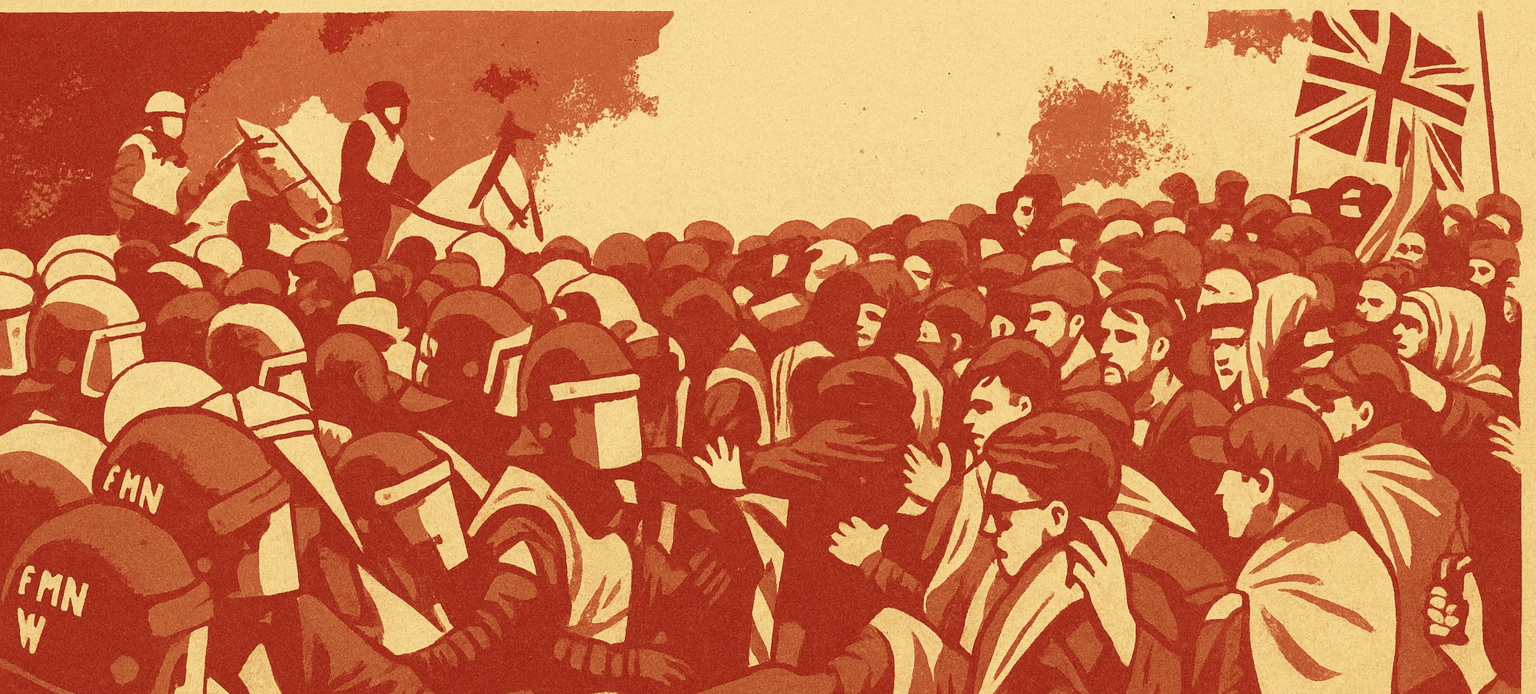
To call Robinson’s rally “populist” or “right-wing” is to miss the point. Fascism doesn’t require every marcher to be a coherent ideologue; it requires a mass, a scapegoat, and leaders prepared to turn grievance into violence. That is what we saw in London.

The events of Saturday (13/09) prove that Britain can go fascist. Musk calls for violence, the Telegraph and Times launder his words, and Starmer clings to the flag. We must name the danger or watch it grow.

Camilla Tominey’s sainthood act for Charlie Kirk trades politics for piety. The Right already owns the machinery (press, finance, courts, police) and Kirk was part of the drive shaft. A death certificate doesn’t wash clean a career built on making violence respectable.
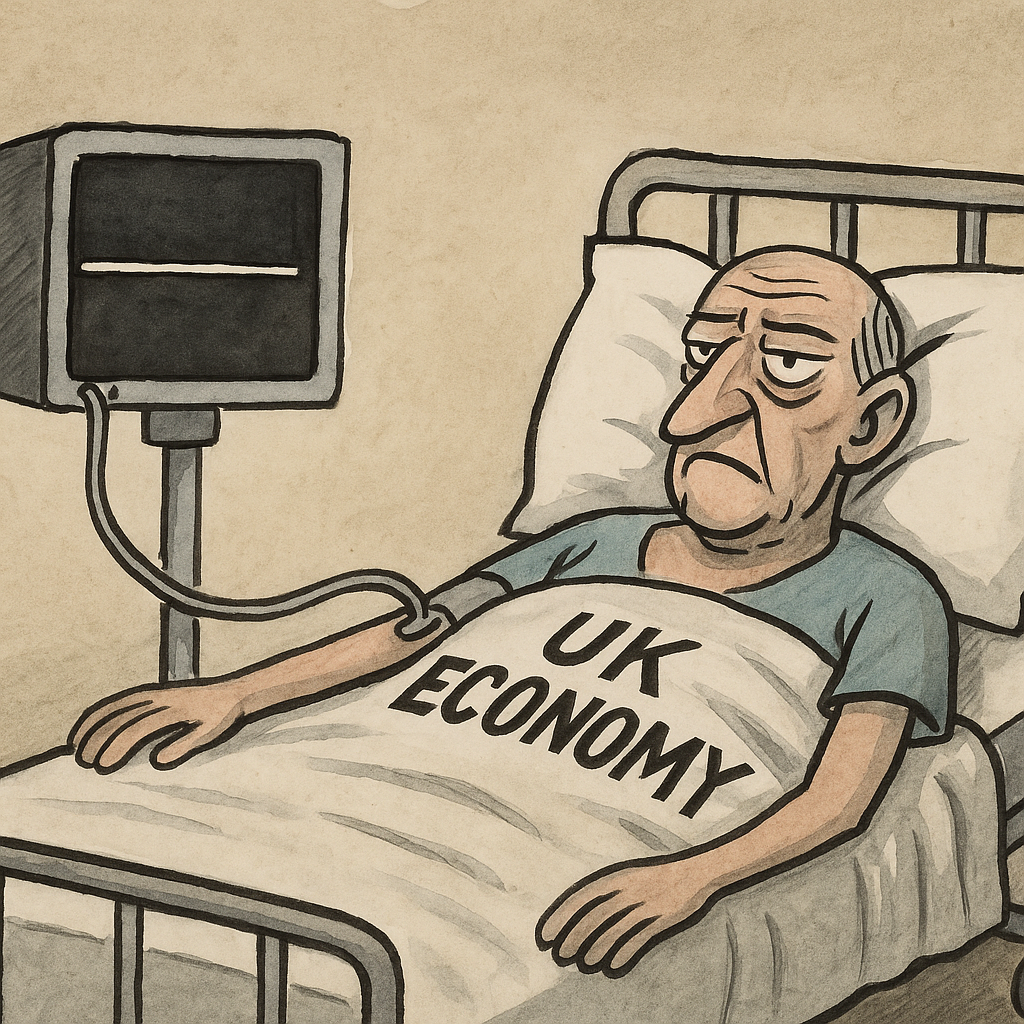
The ONS reports zero growth in July. The papers call it “grim news” for Rachel Reeves. In reality, it is the latest entry in a long obituary for British capitalism — a system now sustained only by euphemism, stagnation, and decline.

Trump’s latest “kinetic strike” killed three unknown Venezuelans he labelled “narco-terrorists.” The phrase is not law but incantation, a word that strips away humanity and legitimises killing. From Vietnam body counts to Obama’s “signature strikes,” America has always named its enemies into existence, and into death.

Tony Blair has joined Jared Kushner and Donald Trump in shaping Gaza’s “future.” Palestinians are absent from the room. What is being planned is not peace but profit, not sovereignty but a new frontier for capital.

The Alaska talks were not a breakthrough but a trap. A “peace deal” that rewards Russian aggression is appeasement by another name. Ukraine’s fight is for survival, and any settlement must be on its terms—not Moscow’s.
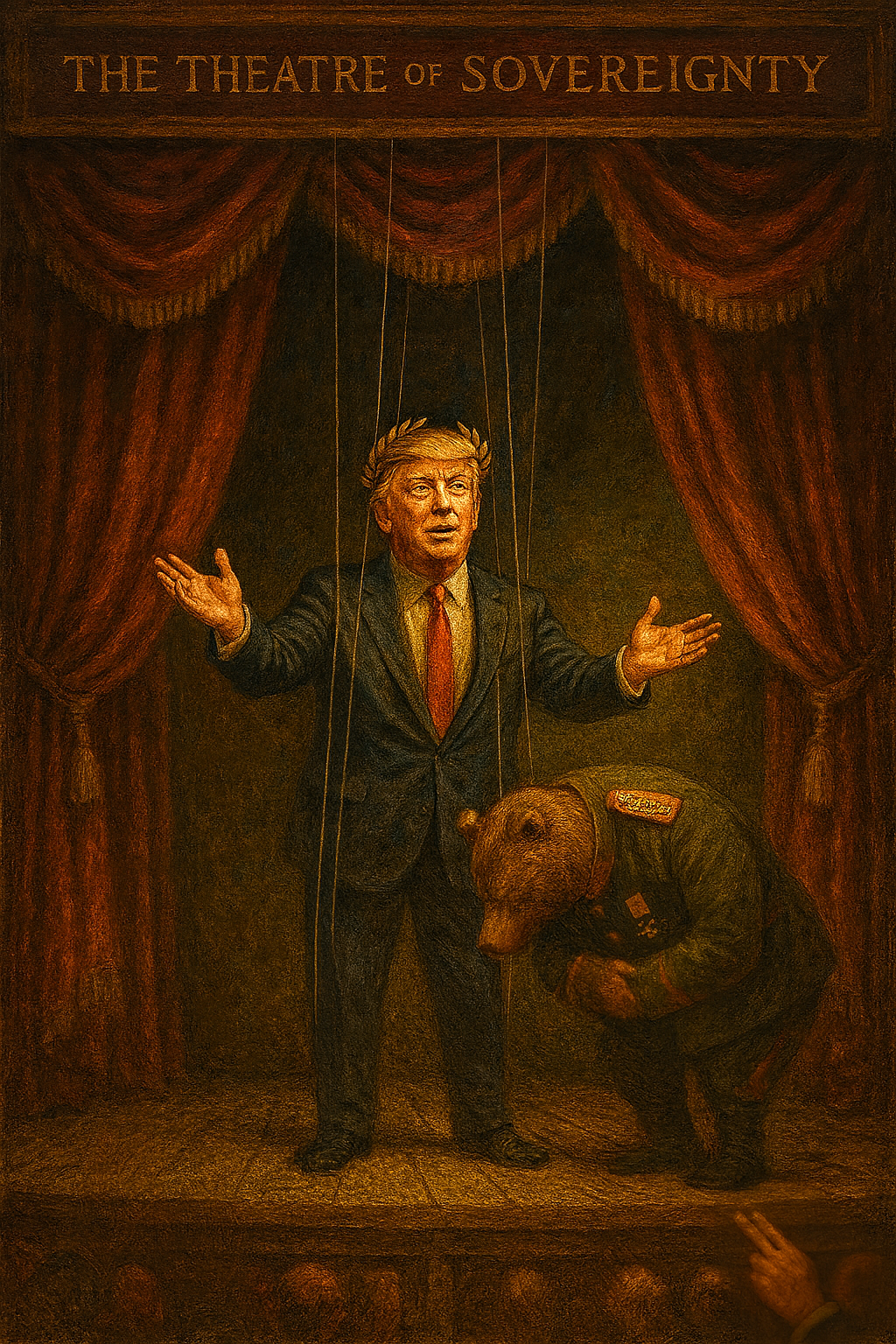
At the Alaska summit, Alexander Dugin saw triumph in mere recognition. But sovereignty today (whether in Moscow, Washington, or Westminster) exists only as theatre, feeding on crisis and rendering peace impossible.

Trump is not Land’s monarch nor Dugin’s tsar. He is their degraded symptom: the parody of a fascist synthesis of technology and tradition, replayed in the register of meme stock and casino populism.

Alexander Dugin calls the Trump–Putin summit in Anchorage “splendid,” insisting the US and Russia must find an “understanding as superpowers.” The problem is that this fantasy of bipolar order flatters two declining states while obscuring the real forces shaping the 21st century.
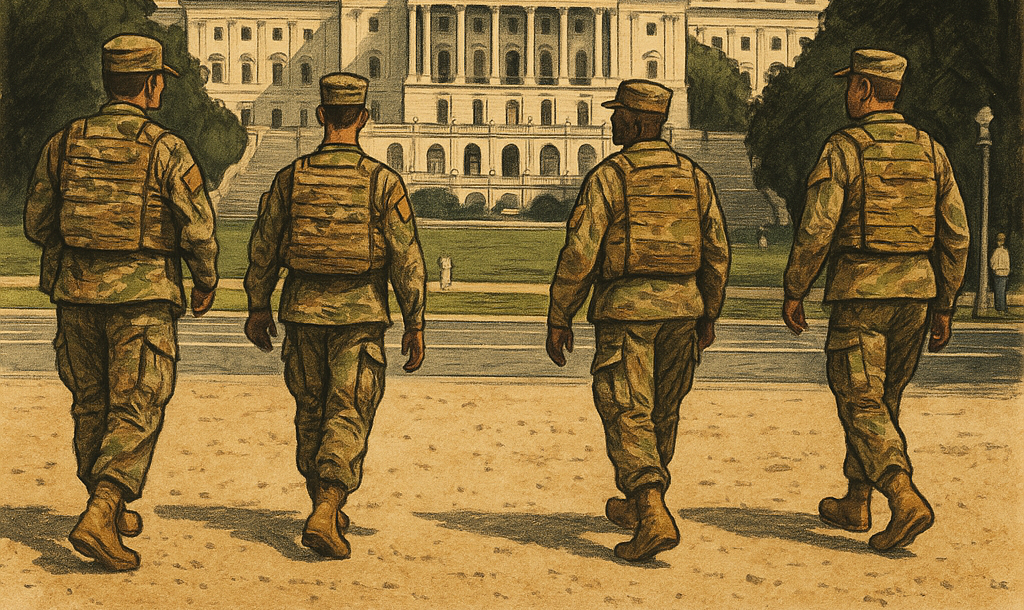
With armed red-state troops patrolling a blue city, Trump is not protecting Washington; he is rehearsing the mechanics of civil war.

Trump’s Alaska summit with Putin wasn’t diplomacy. It was pure theatre. No ceasefire, no deal, just a spectacle in which Trump played host, rolling out the red carpet for Putin while Ukraine burned in the background.
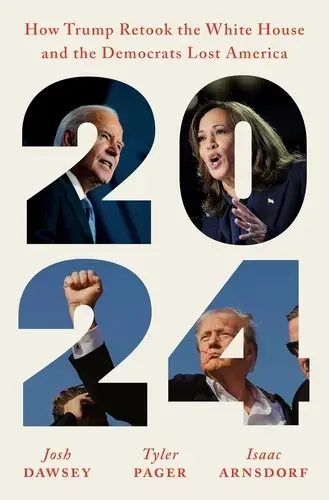
Do We Really Need Another Autopsy of 2024?
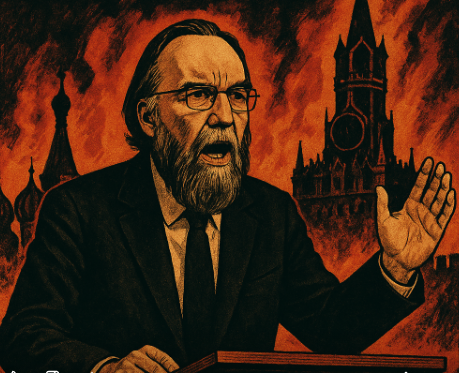
Alexander Dugin has declared the Istanbul peace talks “meaningless theatre” and announced the arrival of “total war.” He wants Russia (not just its army, but its soul) put on a permanent war footing.